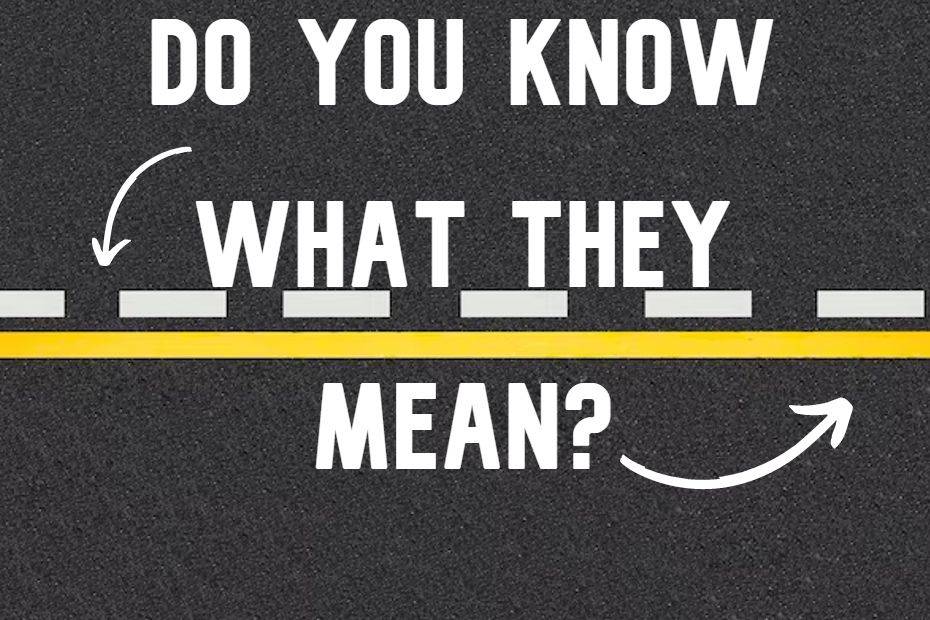Road Rules Explained: What Do The White & Yellow Lines On Our Roads Mean
Modified On May 7, 2023 17:26 IST
By Ishan Lee for Hero Splendor Plus XTEC
- 2600 Views
Understanding the fine line between what’s legal and illegal

We often complain that Indians are poor drivers and riders, we simply lack basic driving/riding etiquettes. We say that our roads are unsafe, because no one follows the rules. But let’s ask ourselves, do we really know the rules? In this series we shall try and break down the most basic yet critical and potentially life saving rules of the road, and in this chapter we start with ‘lines.’
Yes, we’re talking about the yellow lines, white lines and broken white lines we look at everyday on our roads, to try and understand what they mean.
Broken white line:

Typically used to divide lanes, a broken white means overtaking is permitted. So, if you’re on a single lane road divided by a broken white line in between, you’re allowed to pull out of your lane to make overtakes. Of course, all safety measures must be taken before you do. Check your mirrors for any vehicle behind you, use your indicator to alert all vehicles behind of your direction change, look for any oncoming traffic and if all clear… go!
If on a multi-lane road, the slow and fast lane (in either direction of traffic) will also be divided by a broken white line. Follow the same protocol to shift between lanes. It’s safer for both you and others sharing the road with you.
Hazard Broken White Line:
These are similar to regular broken white lines but with more spacing between the white lines. This signifies that this segment of the road is an accident prone area, hence overtake with extreme caution.
Continuous Yellow Line:

A continuous yellow line is typically found on curvy roads - like ghats. A solid yellow line means overtaking or crossing the line is not allowed. These lines are laid down keeping into consideration the flow of traffic and visibility available to safely make overtakes. These are the most accident prone areas and must be handled with extreme caution. The ideal thing to do is stick to the lane and wait for the next broken white line section to make your move.
Continuous White Line/Double Continuous White Line:

A continuous white line is used to divide traffic on either side of a road. You’ll find this in cities, highways and B-roads. They denote that making an overtake is not allowed in this sector due to the nature of traffic and space available for safe overtakes. Long continuous white lines are usually followed by sectors with broken white lines where opportunities for safe overtakes are available. Similar are double white lines. A double white line means vehicles on either side are not allowed to cross the line.
A Continuous Line With A Broken Line:

A continuous line with a broken line is similar to a double continuous line with one little change: If you’re driving/riding on the side of the continuous line, overtaking is not allowed. However, if you’re on the side of the broken line, you are permitted to cross lanes to make overtakes. We can’t stress this enough: you must do it only when it’s safe.
So, remember, the next time you’re on the road:
-
Broken line - overtaking IS fine
-
Continuous line - lane crossing NOT fine
Happy riding/driving!
